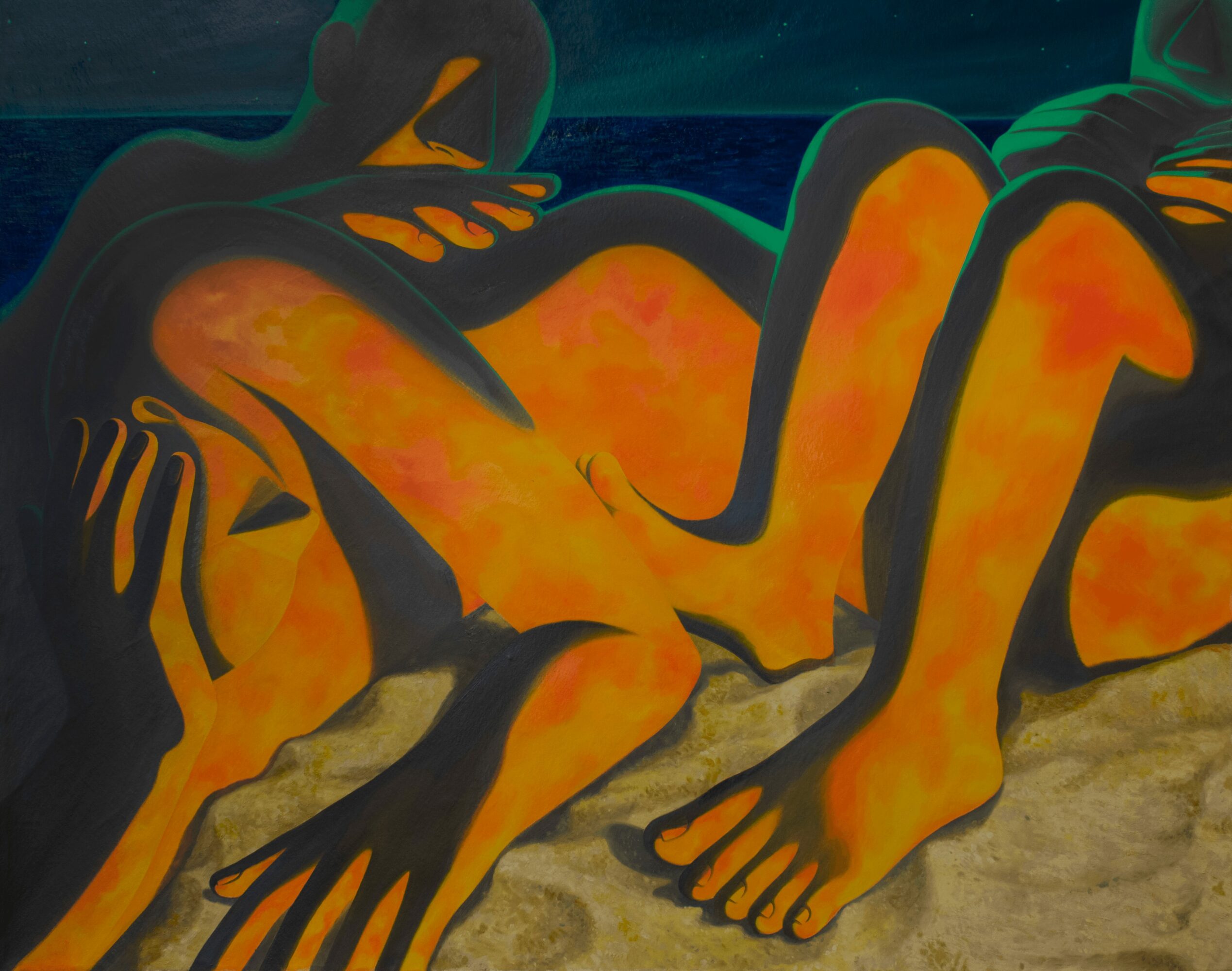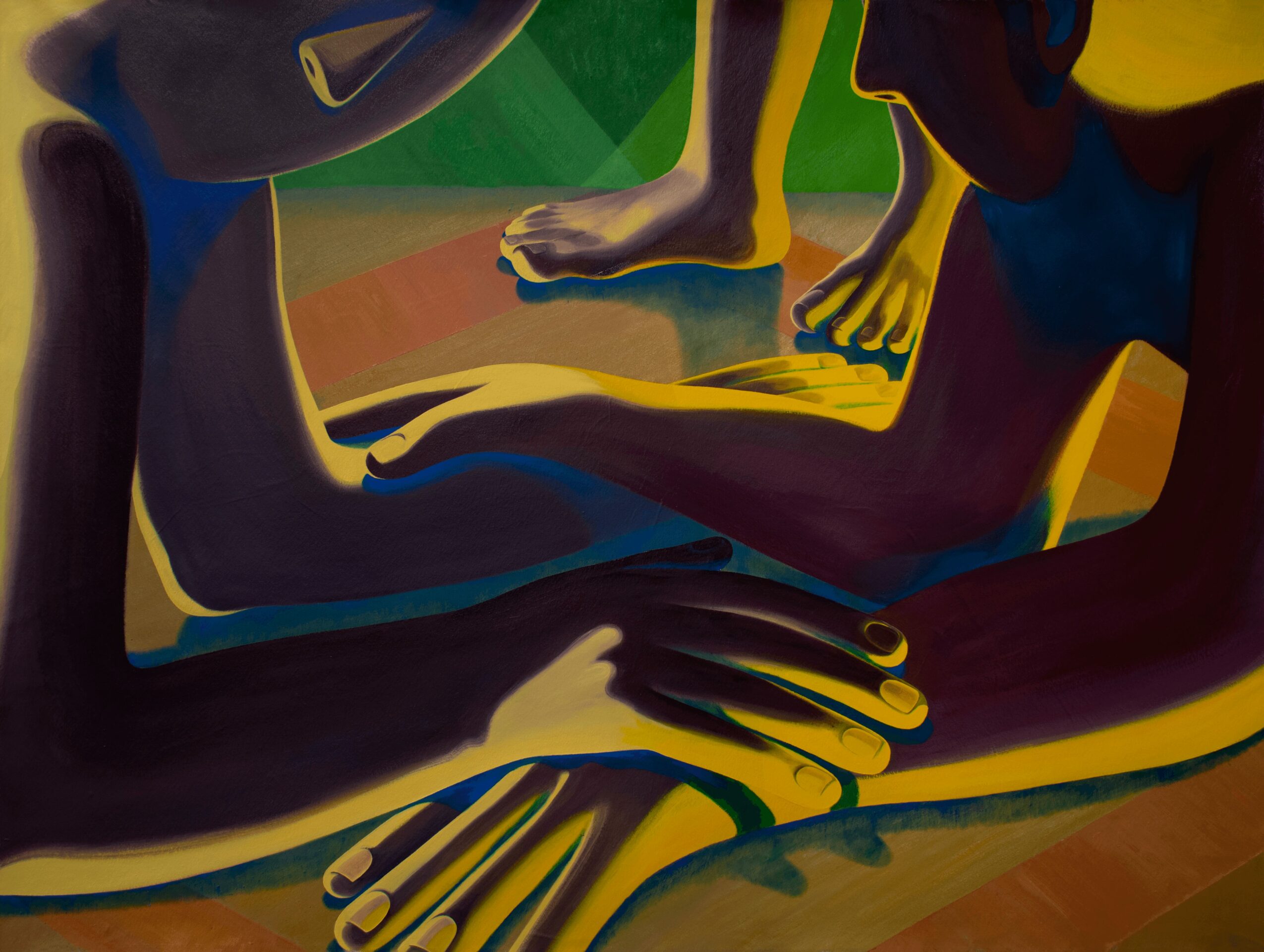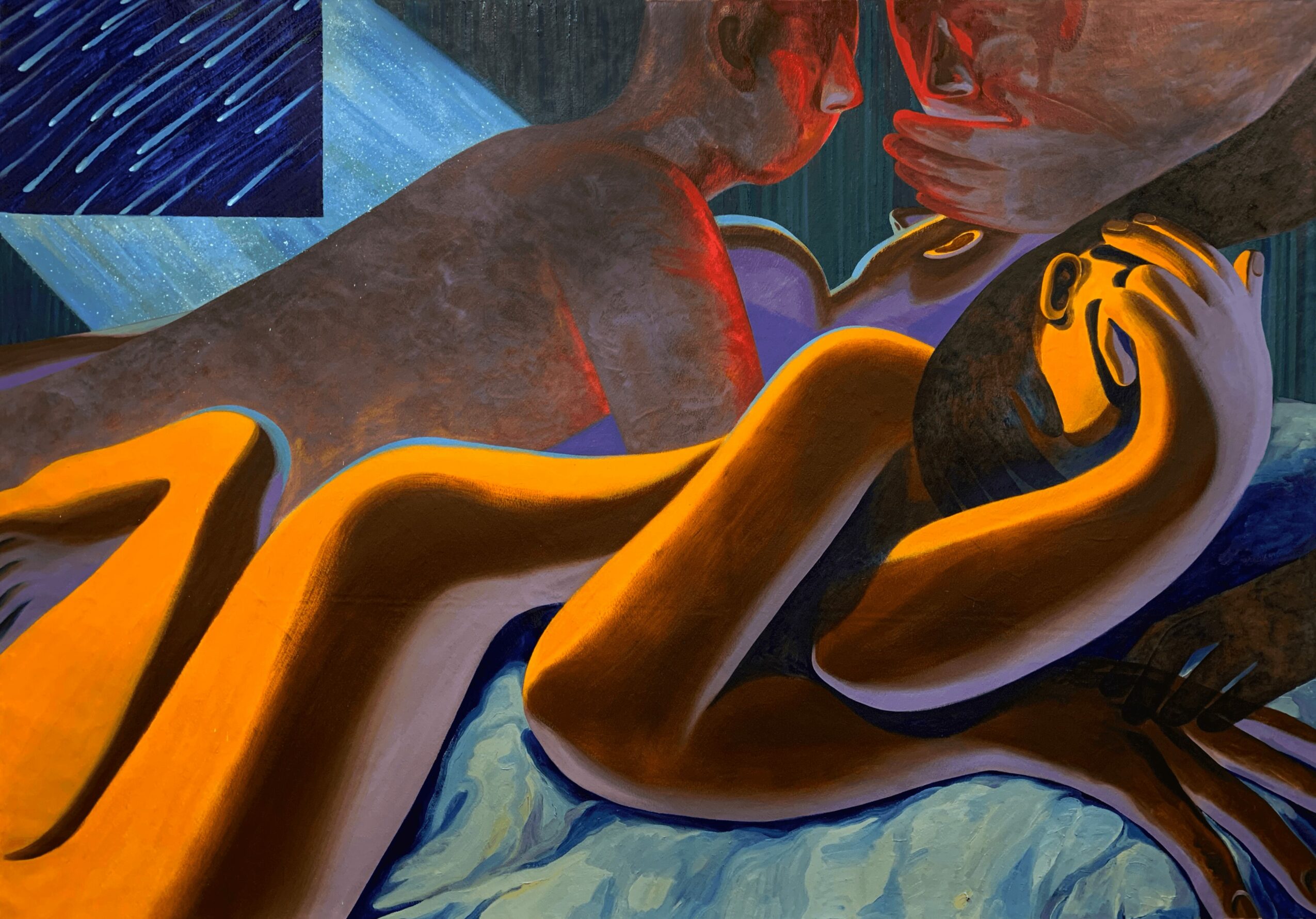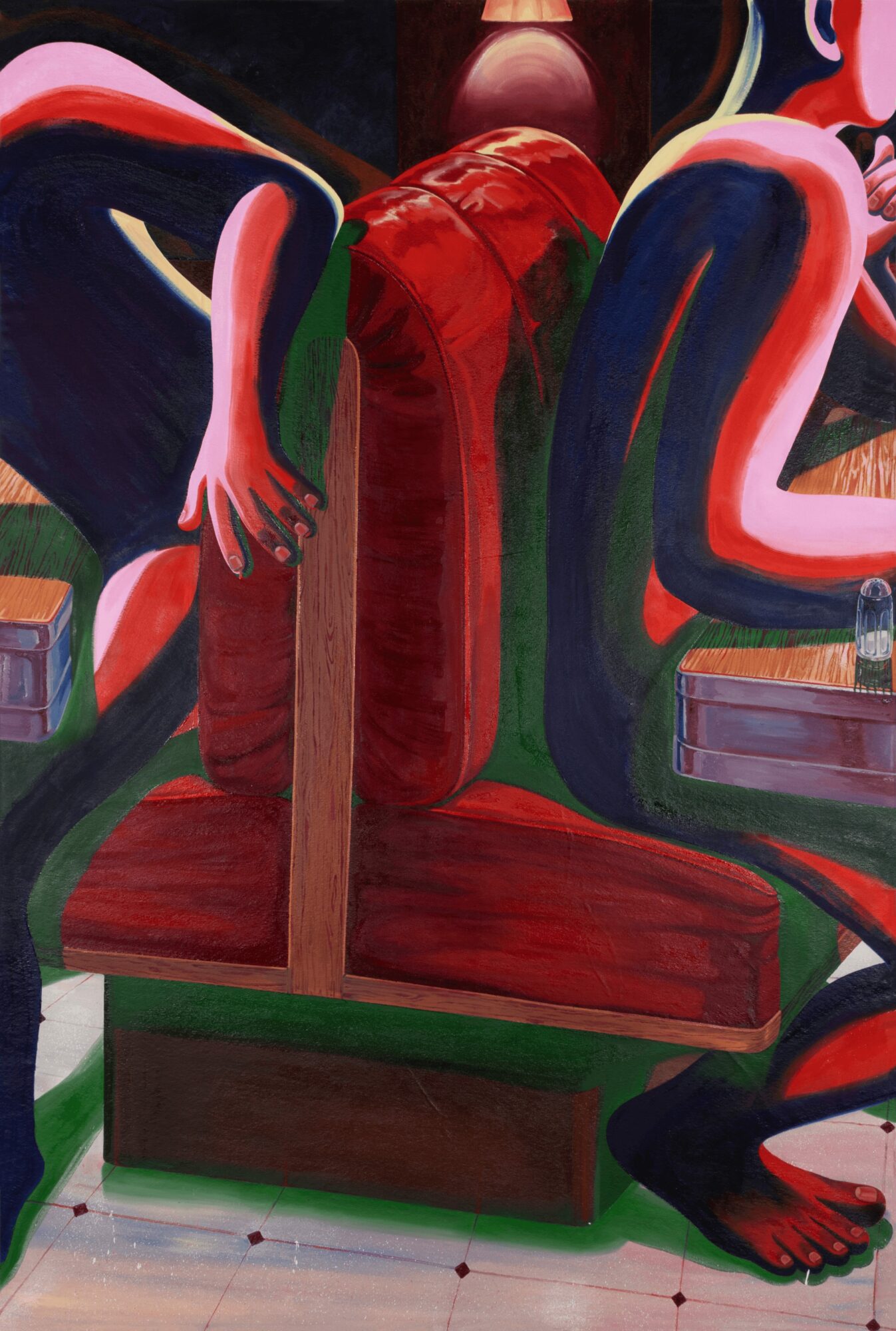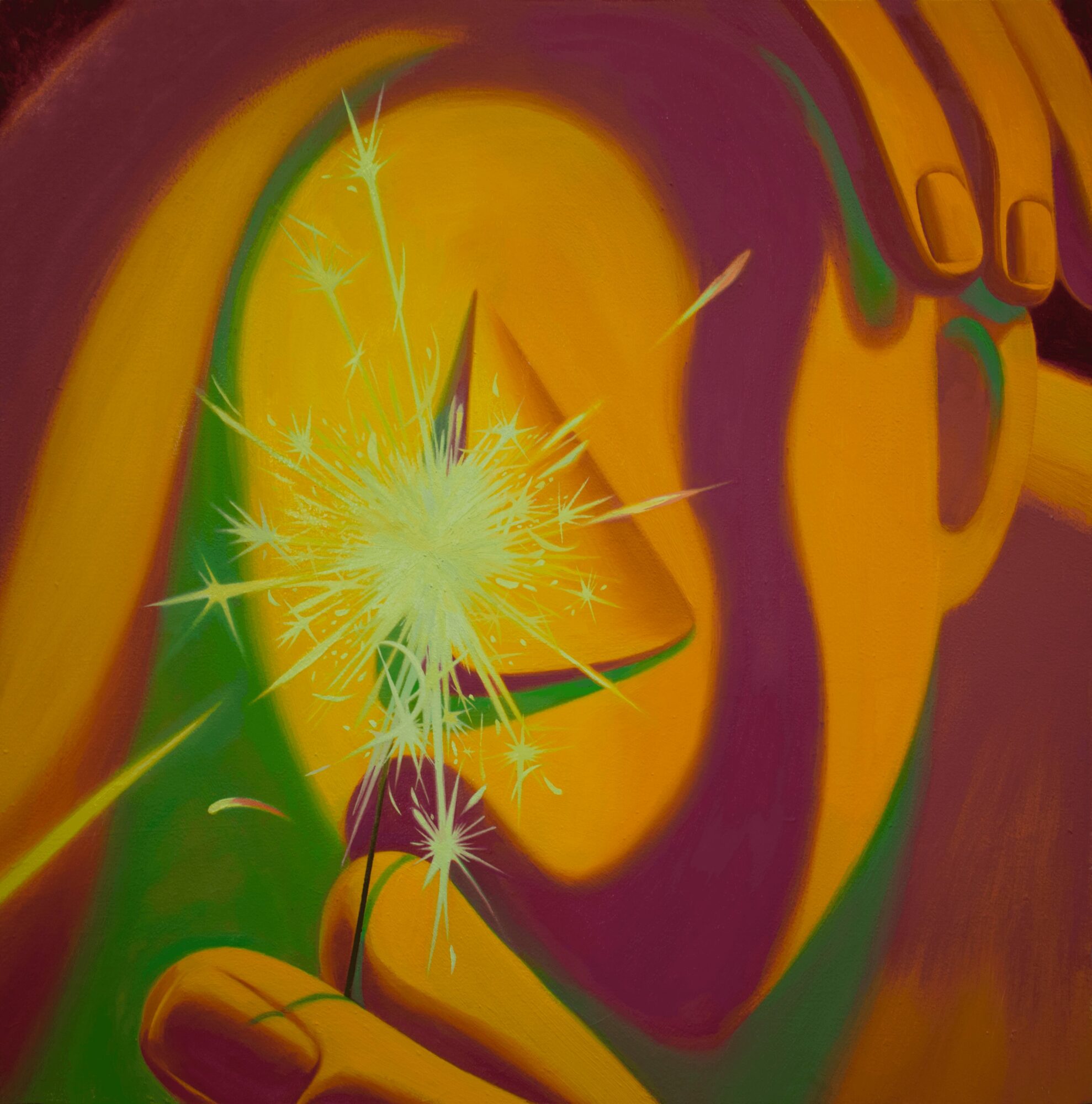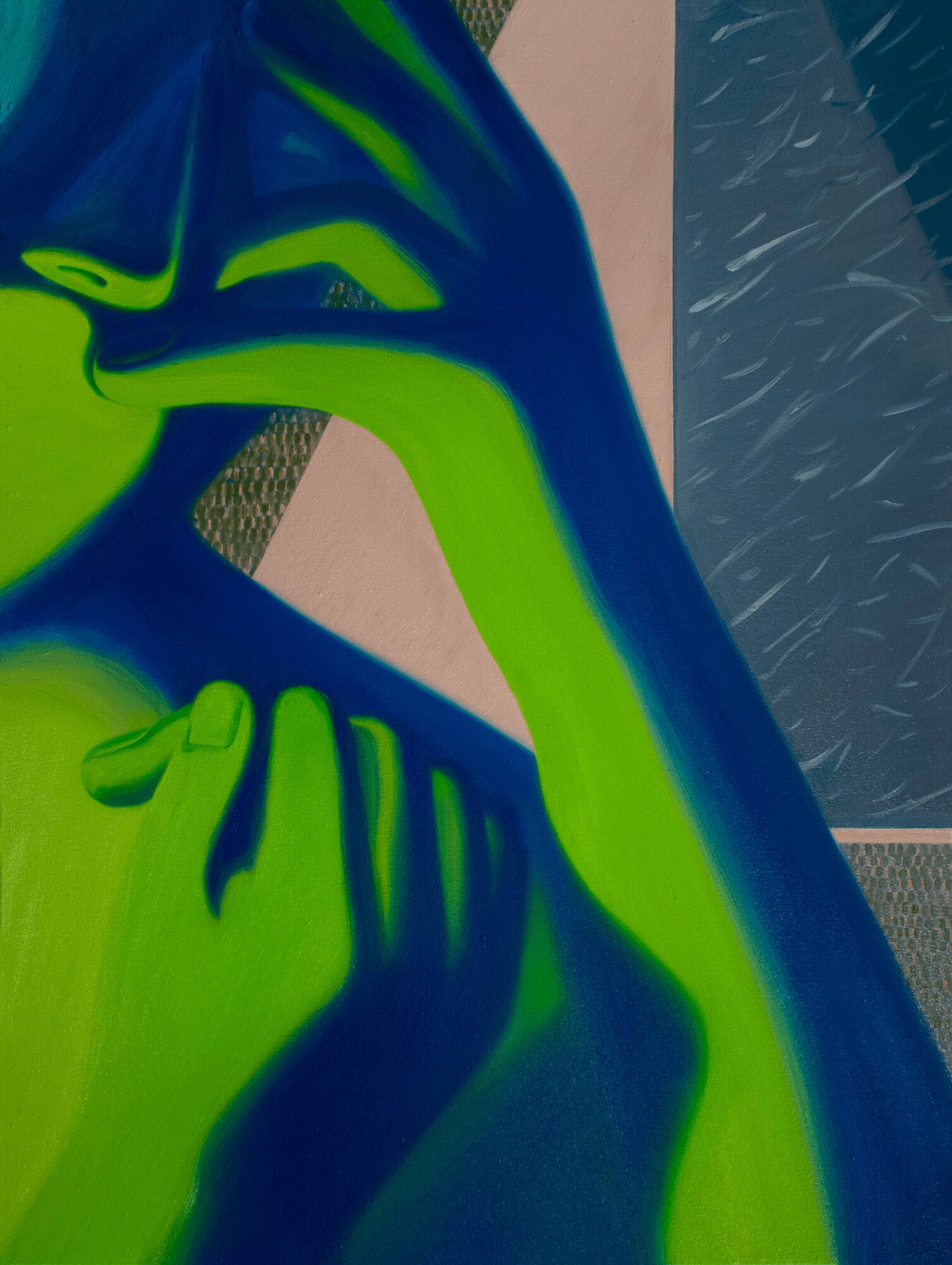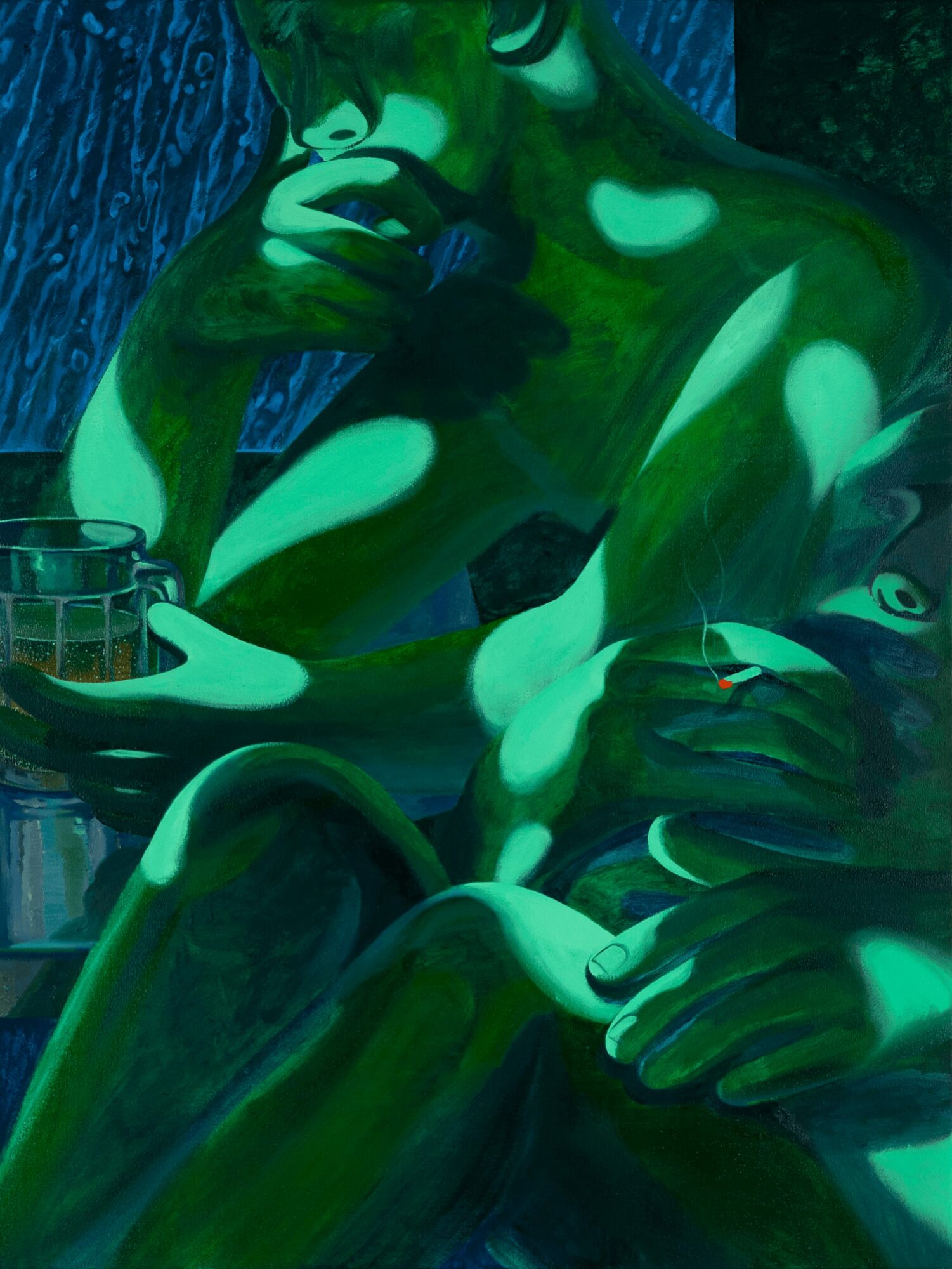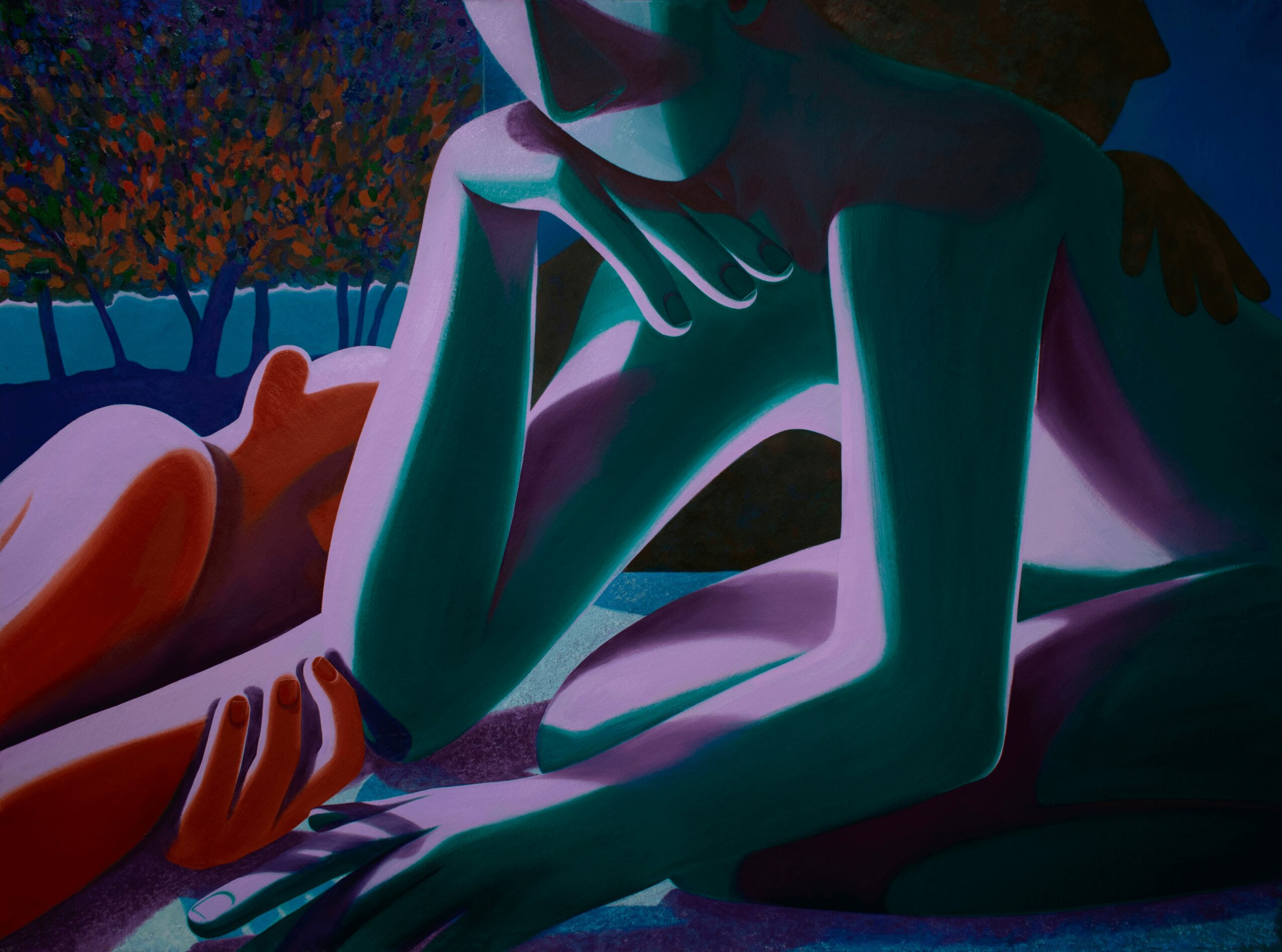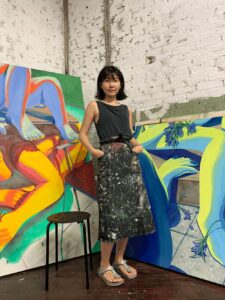
Today we’d like to introduce you to Heejo Kim
Hi Heejo, thanks for sharing your story with us. To start, maybe you can tell our readers some of your backstory.
Reflecting on my journey, as a child, I was captivated by the stories I could create through painting and how the characters within them seemed to come to life. Looking back now, it’s fascinating to see how this ties into my current work. Naturally, I began my journey in art at a young age and eventually earned a bachelor’s and master’s degree in arts, continuing my journey in the art world.
My path has not always been smooth: There was a moment when I found myself at a crossroads, needing to choose between pursuing a professional art career or opting for a non-art job, which led me to explore other paths. However, I ultimately returned to my passion for art, a career I’ve admired since my childhood.
Surprisingly, my exploration of other paths has become a source of inspiration for my art, reigniting my passion for pursuing an artistic career. In retrospect, I realize my thoughts during that period were centered around gender, identity, and ontology. My curiosity and desire to delve into these fields have since propelled me back into the artistic world with renewed vigor and determination.
Ultimately, I decided to stick with the professional artist career path, considering how far I had come and wanting to see where it would lead me. This decision led me to pursue an advanced degree in art at a top art school in the U.S. The two years of my master’s degree program, during which I solely focused on painting and interacted with fellow artists and faculty members, have been truly inspiring. Moreover, being in a foreign environment away from family and friends in my home country provided me with the time and space to delve deeper into my emotions and self-reflection. These experiences have reinforced my dedication to dedicating more time to my art.
We all face challenges, but looking back would you describe it as a relatively smooth road?
I deeply appreciate all of my experiences, particularly my time here in Baltimore. The first year was undoubtedly challenging due to language and cultural barriers. However, being abroad doesn’t sever your connection to your home country. Even while in the U.S., life events in South Korea, especially concerning family and friends, continued to unfold. I endured significant losses, including the passing of my grandparents and one of my best friends. The most tragic aspect was, my inability to return to Korea to mourn their loss, hindered by unstable visa conditions faced by international artists.
Nevertheless, the support and love from the communities I found here, including fellow artists and friends, were invaluable. We listened, hugged, and consoled each other, fostering an environment where I could begin to unpack my unresolved emotions through painting. This experience encouraged me to become more open to expressing personal thoughts through my artwork.
Despite still facing numerous obstacles, I believe these challenges will foster personal growth, which, in turn, will shape the trajectory of my artistic career. Thus, I will persist in creating paintings, as it serves as a means of coping with the adversities I encounter.
Thanks – so what else should our readers know about your work and what you’re currently focused on?
In my oil paintings, the figures’ facial expressions remain hidden; in some pieces, their mouths and eyes are absent, revealing only noses and ears. It’s as though they are guarding their secrets or resting with closed eyes, creating a sense of suspended animation, reminiscent of dreams or memories. Despite their substantial physical presence, they seem to float, implying a temporal suspension with memory. Yet they also inhabit the present moment, infusing the void with their gentle gestures. Thus, every moment becomes an amalgamation of past and present for them. The self-imposed solitude and yearning for connection seem incompatible, yet they navigate a new form of communication through cautious body language.
Tenderness, to quote Roland Barthes, is an “infinite metonymy” for love. The figures’ tender gestures symbolize their longing to be loved by others. Even in close quarters, they maintain a respectful distance from each other, expressing a patient anticipation for affection, rather than seeking to possess it immediately. This distance serves as both a shield for their hearts and an active practice of giving love. Their love may require time to be fully acknowledged, but it remains ever-present. Their relationships are symbiotic, echoing the Buddhist concept of Dependent Arising, Yeongi-sull, which challenges the reality of the self while affirming existence through interactions with others and the environment. In essence, “I exist because of you and you exist because of me.”
The exploration of gender and identity in my paintings has evolved to center around defining the “I” amidst various situations and interactions. Each interaction or connection with others or objects contributes to the development or fluidity of one’s personal identity. This expansion leads to a broader sense of self, which I refer to as “I.”
Each artwork portrays moments of tenderness or care, with figures depicted ambiguously, blurring the lines of gender and race. This ambiguity invites viewers to project themselves onto the figures, facilitating a sense of presence within the depicted interactions. It underscores the notion that recognizing one’s presence, devoid of labels, can be a potent means of defining identity. This self-recognition emerges through experimentation, setbacks, experiences, and triumphs. Ultimately, my works serve as reminders of the significance of adolescent experiences and the tenderness that embodies love, fostering a sense of belonging and encouraging viewers to pursue their passions relentlessly.
Do you have any advice for those looking to network or find a mentor?
Receiving constructive guidance from a mentor is invaluable, regardless of your career stage. This is especially true when working alone in the studio. However, it is important to recognize that mentorship does not have to come from a single individual; multiple mentors can offer diverse perspectives and support.
After completing my program, transitioning from the structured environment of critiques and lectures to solitary studio work felt disorienting. Uncertainty lingered regarding the trajectory of my art and how it might be perceived by others. To navigate this phase, I adopted a proactive approach, inviting a multitude of people into my studio to gather their perspectives and insights. I reached out to fellow artists in my studio building, seizing any opportunity for engagement. Additionally, I organized informal critique sessions with fellow artists from my program, reminiscent of our previous interactions.
Yet, it’s crucial to exercise discernment when receiving feedback. Not every comment or piece of advice will align with your vision or contribute positively to your work. While each opinion holds value, integrating every suggestion discriminately risks diluting your artistic voice. As the creator, it’s essential to determine which feedback resonates with your personal and artistic development.
Contact Info:
- Website: https://www.heejokim0214.com/
- Instagram: https://www.instagram.com/heee__h/
